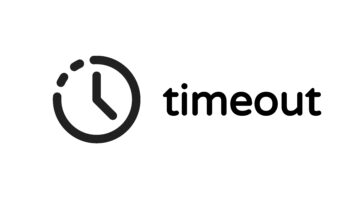Seven Ingredients for Creating an Effective Employee Manual
As business owners, one byproduct of our continuous focus on “big picture” issues is that we can sometimes lose site of the most basic, but important, details that form a strong foundation for the company.

Richard Millson ([email protected]) owns Millson Technologies, in Vancouver, British Columbia.
A prime example of this type of issue is the creation and distribution of a comprehensive employee manual for all current and future employees. I would argue that creating a detailed and complete employee manual is actually one of the most important things you can do to help set your company on the right path toward success.
Anything But Mundane
The employee manual should not be viewed as simply a method for communicating the more mundane rules and regulations of the company. While it should contain all of the basic information every employee will need to know, I believe it also can be approached as an opportunity to communicate and establish the culture, philosophy, and vision of the company as well.
Whether you are going to create your first employee manual or are just interested in revising your current one, here are some key items you will want to include:
1 A Letter from the President. This provides the opportunity for the president to welcome new team members and communicate the vision for the company. You may want to include a brief history of the company to illustrate how far you have come, and to provide an historical perspective for new employees

Creating a comprehensive employee manual is one of those things we all need to do for our businesses.
2 Mission, Vision, and Core Values. The next section should detail your mission statement, vision statement, and the core values for the company. These three items establish in very clear terms what the philosophy of the company is and its approach to business, in general, and your clients and fellow employees, specifically.
3 Key Contacts. This is simply a list of key people within the organization, their titles, and contact information. While this may seem redundant to some, remember that new employees will not know this information when they start. It also provides a great resource for all employees in case of emergency.
4 Table of Contents. Depending on the scope of your employee manual, it will be important for folks to be able to find what they are looking for quickly and easily. This is simply a well-organized listing of the items that make up the bulk of content.
5 Non-Disclosure Agreement. This document is simply designed to protect the company from employees sharing or divulging proprietary information. This can be confidential information related to finances, business practices, company documentation etc. as well as any personal information related to your clients and their projects.
6 Sample Documents. These can include samples of time sheet for recording hours worked per project, an expense report for projects that require travel, a mileage log for employees that use their own vehicle for business, a safety report for capturing details of workplace accidents or a preliminary accident report for motor vehicle accidents.
7 Employee Acceptance Form. The last document in the employee manual should be a simple acceptance form that the employee signs when they receive the manual. This form simply states that the employee has read the manual, understands it, and agrees to abide by the policies, guidelines, rules, and procedures outlined in it.
As you assemble your employee manual don’t forget to have a lawyer familiar with employment law review it for any issues/changes. And keep in mind this is a living document. Any time you change or update any of the content you need to remember to provide updates to each employee so they can change out that section in the binder.
To help you get started on your employee manual table of contents, download a sample document from Millson Technologies by clicking here.







